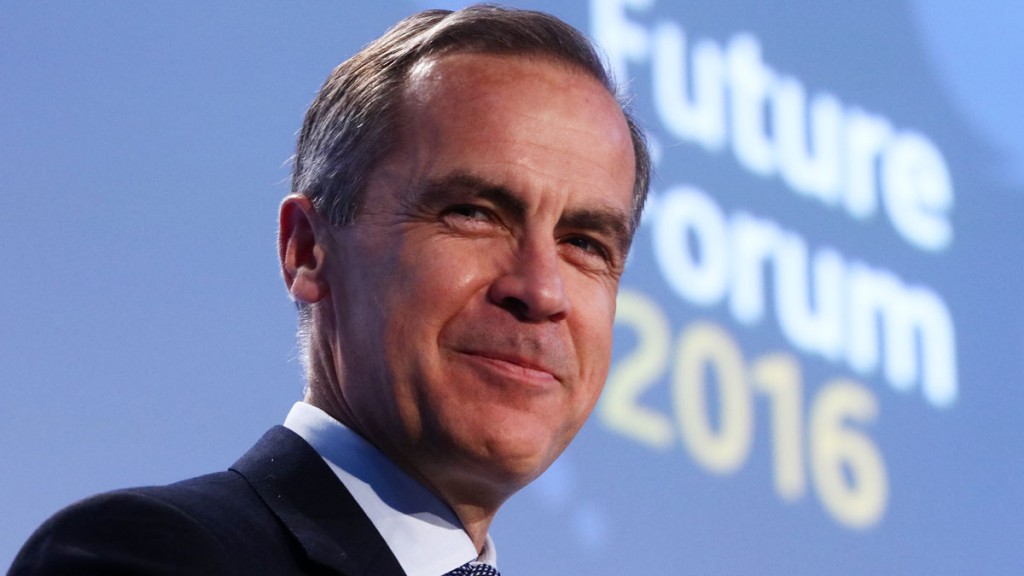
Inflation. It looks like it might be back. The average economist now believes that the consumer price index will hit 3% over the next few months, says the Telegraph. Oxford Economics said last week that it is already nearing 1.3% and September numbers just out show it at 1% (against a consensus estimate of 0.8%).
This will make intuitive sense to most readers. After all, the pound has fallen by 17.5% since the Brexit vote and the UK is nothing if not an enthusiastic importer. Retailers hedge currency exposures but not more than six to 12 months at most. The result is that if they don’t take the hit on their margins (some will take some) prices in the shops should start rising into 2017: the January sales might represent the last sterling bargains UK consumers see for a while.
Most people will be extremely unhappy about this. The Bank of England and the Treasury won’t be. Yes, Mark Carney will soon have to write letters to the chancellor explaining the overshoot, and yes he will have to say in those letters that it is partially his fault (QE and cutting rates just after the referendum). But he has already said that the bank isn’t planning on raising rates just because inflation is on the up. We also know that he isn’t bothered by the idea of inflation being lower than interest rates (it already is).
The truth is that the Bank of England has been attempting to shove inflation up for years (that’s what the QE was about in the first place). The fact that it is happening in a way it claims to disapprove of does not mean it will look a gift horse in the mouth. It won’t.
Those wondering why should revisit the reason everyone was after higher inflation in the first place: it is all about the debt. 2008 was about unsustainable levels of borrowing. There can be no full and long-term recovery without a serious fall in the national debt burden. QE has provided some cover for the problem – very low rates mean people can keep servicing if not repaying debt. But the nasty side effects (capital misallocation, wealth inequality) are as unsustainable as the debt itself over the long term. So the debt itself must be addressed.
The only relatively easy way to do that is to create proper inflation – and to keep interest rates lower than inflation. That way, as Jonathan Ruffer puts it, the “borrower would ultimately repay less in real terms and he would have been shielded from having to pay an interest rate which fully reflected the windfall reduction in the real value of his debt.”
It would be (and already is) horrible for savers (the value of their savings falls in real terms and no one compensates them) but, says Ruffer, it is the “least destabilising” solution to our massive debt problem. The other common option to post financial crisis unrest is, as a historian friend reminded me this morning, war. Best hope for inflation.